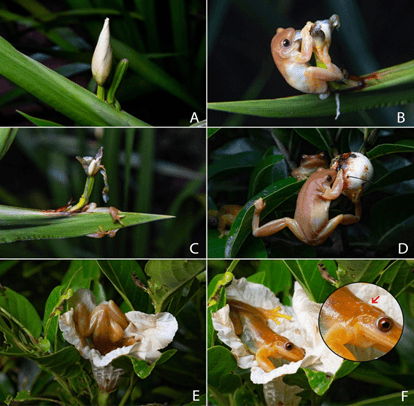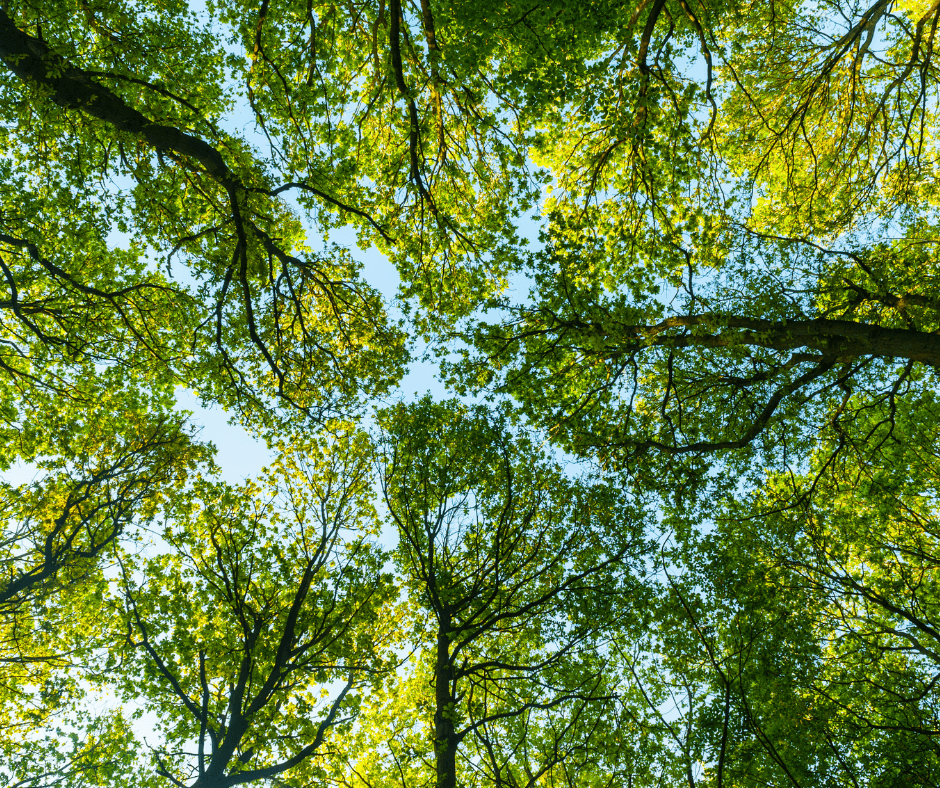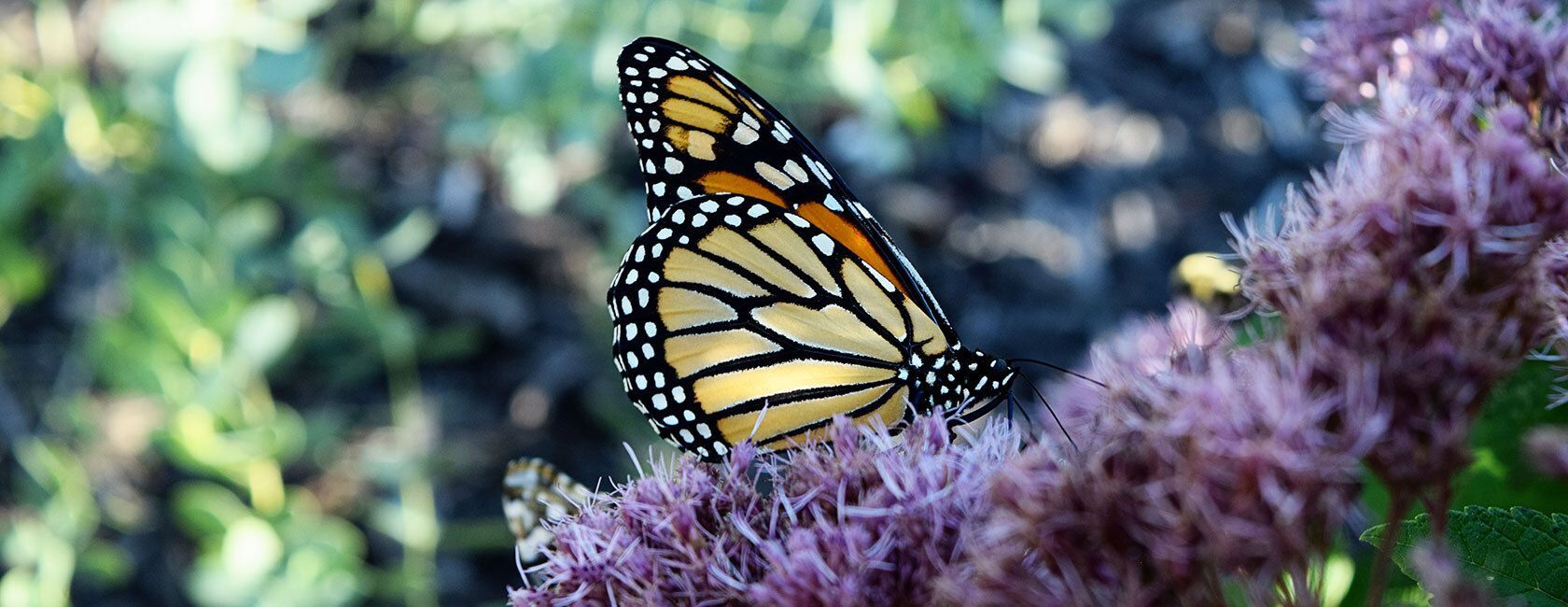
Pollinator conservation has become a hot topic in the world of natural resources, and for good reason. One of the driving forces behind this attention is the alarming decline in butterfly and moth populations. A 2024 article from Reuters shared that butterfly observations have dropped by roughly 22% since 2000.
That statistic comes from over 76,000 butterfly surveys conducted in the past two decades, covering 554 different species. From red admirals and painted ladies to the beloved monarchs, the data paints a grim picture: 107 species saw a 50% population decline, and 22 species declined by around 90%.
These numbers aren’t just sad: they’re a red flag. Biodiversity loss is accelerating, and the effects ripple through every ecosystem, including right here in Nebraska.
Why Pollinators Matter
Pollinators play a critical role in the health of ecosystems. Without them, most plants, including fruit and nut trees, can’t reproduce. Without plants, food webs collapse.
It’s often said that one-third of the food we eat requires pollination. Think about that the next time you bite into an apple, scoop up some almonds or drizzle honey on your toast. No pollinators? No food.
Beyond Butterflies and Bees
While butterflies are often the poster children for pollination, a wide variety of animals step into this niche every day. Bees, flies, spiders, bats, rats and birds all help plants reproduce by spreading pollen, often in exchange for food, shelter, or breeding spots.
These relationships are examples of symbiosis, where both species benefit. However, new research is revealing that the world of pollinators is even more surprising and fascinating than we thought.
Lizard Pollinators?
In South Africa’s rugged Drakensberg escarpment, scientists recently discovered something incredible: lizards pollinating flowers.
Two lizard species were observed visiting and pollinating a rare mountain flower called Guthriea capensis. This plant grows in harsh, windswept terrain and hides its tiny blooms beneath leaf cover for protection. Unlike most flowers that use color to attract pollinators, Guthriea relies on scent: a perfect adaptation for their harsh environment.
The flower produces a sticky, fragrant nectar that draws lizards in, while ensuring they pick up pollen as they feed. Over thousands of years, this unlikely partnership has been orchestrated, showing that evolution finds a way, even in the harshest environments.
Flower-Loving Frogs in Brazil
As if lizards weren’t surprising enough, researchers in Brazil may have found the world’s first pollinating frog.
Scientists studying the frog species Xenohyla truncata noticed something strange: pollen stuck to the frogs' backs and limbs. Unlike most frogs, which mainly consume insects, this species eats nectar and fruit, likely to fuel the extra energy demands of mating season.
During recent field observations, researchers watched these frogs moving from flower to flower, feeding and transferring pollen in the process. If confirmed, Xenohyla truncata would become the only known amphibian pollinator on Earth.
What This Means for Nebraska
These discoveries remind us that pollinators come in many forms, not just the insects we typically think about.
Here in Nebraska, we’re home to a diverse range of pollinators, including native bees, butterflies, moths, beetles, birds and even small mammals. Our prairies, grasslands and agricultural landscapes depend on them for seed production, biodiversity and crop health.
When we protect local habitats and encourage pollinator-friendly practices, we contribute to a much larger web of life, one that stretches far beyond our state lines.
Who knows, maybe Nebraska will be the next place where scientists discover a new, unexpected pollinator. After all, nature is full of surprises.


